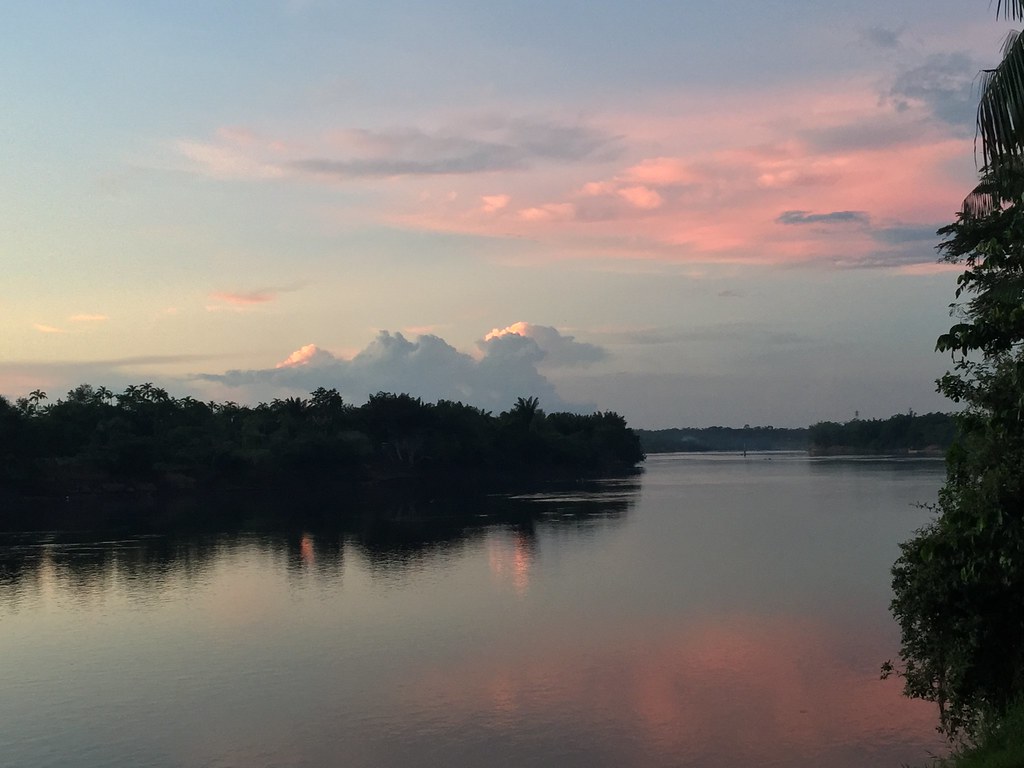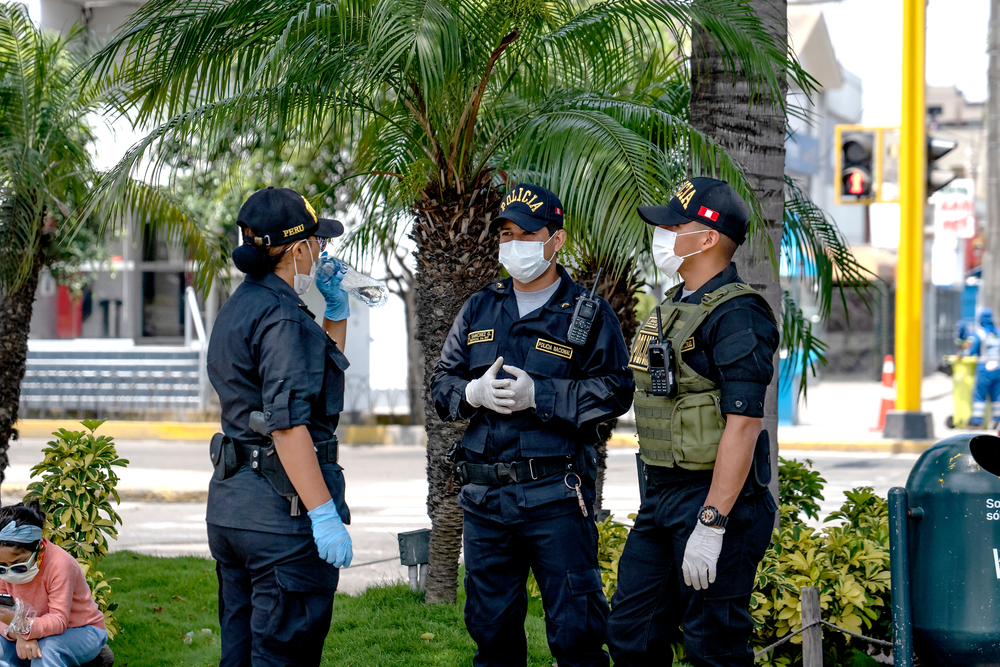
In mid-June, the number of confirmed cases of COVID-19 in Vaupés rose from 11 to 27. Unlike the first cases, which were all in Mitú and were generally of people who worked at the airport, the new ones were identified in a jungle area far from the capital of the Amazon province. (Read: How has the government managed the pandemic? Successes and errors)
Those 16 cases were detected in Monfort, Olinda, and Teresita, three riverside settlements on the banks of the Papurí River where Indigenous sirianos, tuyucas, desanos, and tukanos coexist, in the Yavaraté area. The new strain of coronavirus arrived in the small opening of the Vaupés River that enters Brazilian territory, carried by boats near the upper Negro River.
Much more than a stroke of luck, the identification of these cases was the result of the sharp and meticulous work of a group of medical epidemiologists and public health professionals, who began to read the signs coming from the other side of the porous border. In April, Brazilian doctors called their Colombian colleagues to tell them that there were positive cases in São Gabriel da Cachoeira, 240 kilometers downstream from Yavaraté. In May, there were already cases in the village of Iauaretê, just across the Vaupés River from Colombia.
That reality led Hollman Miller, an epidemiologist who has spent 25 years in Vaupés and who is the departmental manager of the response to the pandemic, to send a team to the area to take samples from the population, instead of waiting for reports of people who were ill. That active search, a name given by doctors to that method of epidemiological surveillance that had already identified the first 11 cases in Mitú, revealed the possibility of risk in Yavaraté, allowing them to help communities take social distancing measures and monitor those with symptoms.
Fortunately, none of them have developed severe symptoms so far, although eight new cases were identified on July 12. The problem, however, is that if a critical patient appears, the closest hospital—with 12 beds—is in Mitú, at a travel time of 45 minutes by plane and a million pesos for the ticket. If a person required intensive care, they would have to fly back to Bogotá, where the most difficult cases are usually treated and where the ICU occupancy rate has exceeded 90% since last week.
On June 22, a week after detecting cases in Yavaraté, another case appeared in southern Vaupés—number 29. He was an older man with a chronic illness, who had to be picked up by plane from his community of Vista Hermosa, in the lower region of the Apaporis River. After being hospitalized in Mitú and referred to an ICU in Bogotá, they performed a COVID-19 test and he tested positive.
That finding led Miller and his team to send another active search commission to the Yaigojé-Apaporis Reserve area, which coincides with the national park of the same name, to take samples. Of these, 20 people tested positive on July 12. Fortunately, they haven't faced any complications either, but if they do, the only solution available is to also travel by small plane.
These two cases, in addition to showing how the transmission of the COVID-19 has been progressing in hard-to-reach corners of the Colombian Amazon, evidences the enormous difficulties that Indigenous and Afro-Colombian people—many of whom also live in scattered rural areas—have in accessing specialized medical services. This ethnic gap is another face of inequality that the pandemic is revealing to us—or, rather, reminding us of.
To continue reading in Spanish, click here.
COVID-19 Update: The connection between local and global issues–the Pulitzer Center's long standing mantra–has, sadly, never been more evident. We are uniquely positioned to serve the journalists, news media organizations, schools, and universities we partner with by continuing to advance our core mission: enabling great journalism and education about underreported and systemic issues that resonate now–and continue to have relevance in times ahead. We believe that this is a moment for decisive action. Learn more about the steps we are taking.












